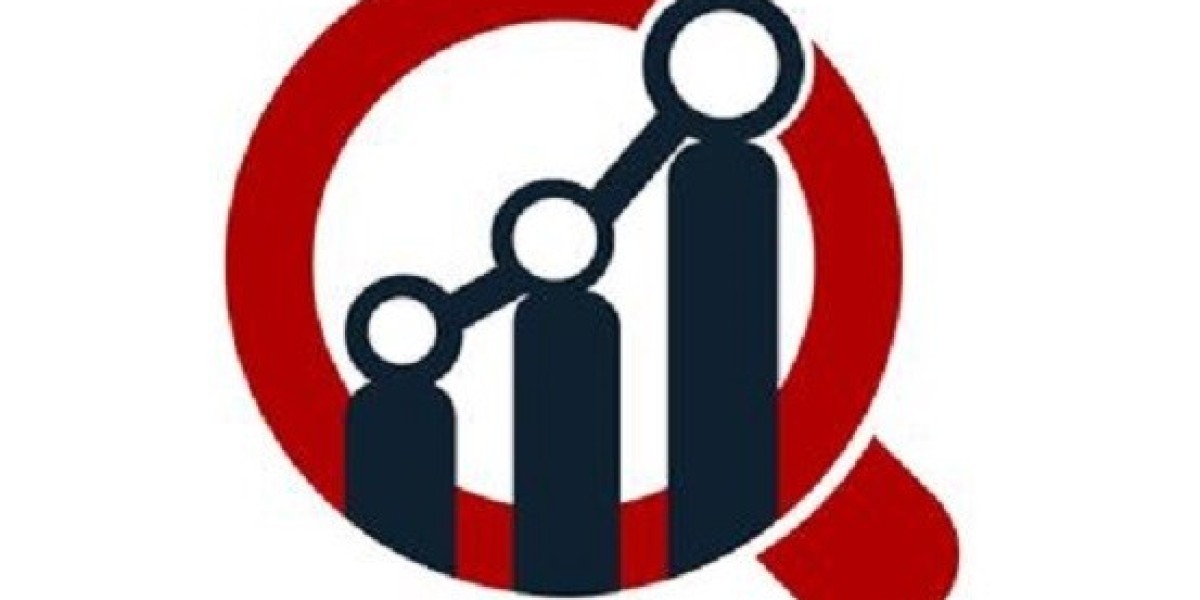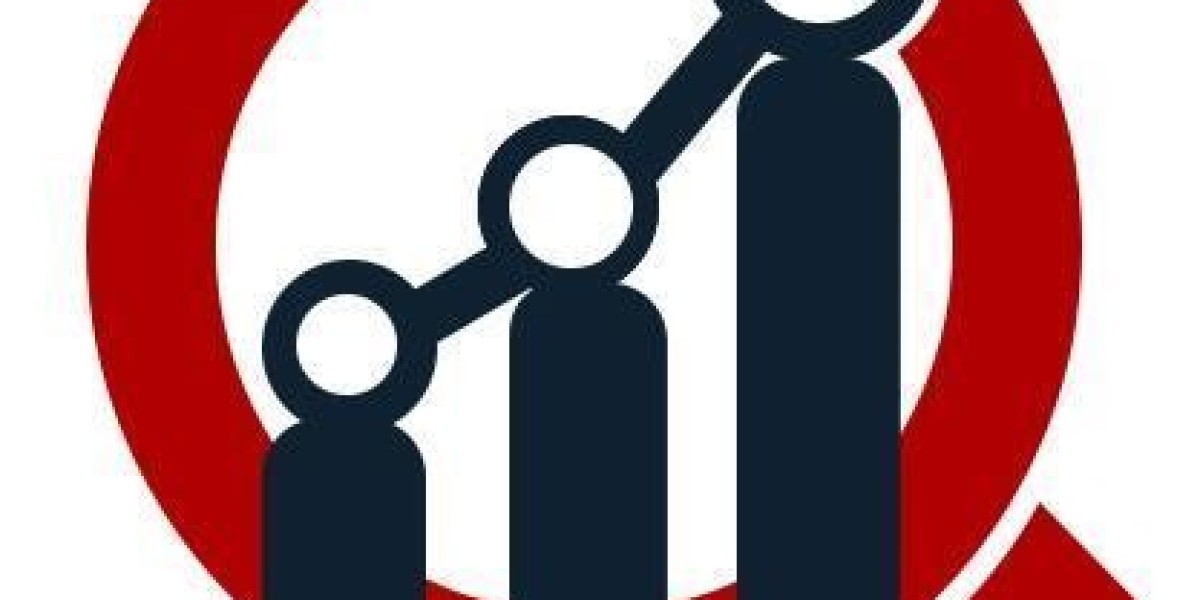In Tableau, real-time refers to the capability of visualizing and analyzing data as it is being generated or updated, providing immediate and up-to-date insights. Real-time data analysis allows users to monitor, track, and respond to changes in data as they occur, enabling timely decision-making and faster response to dynamic business scenarios.
Real-time data analysis in Tableau is valuable in various use cases and industries. It is particularly beneficial in scenarios where timely insights and immediate response are critical, such as monitoring financial markets, tracking website analytics, managing supply chains, and monitoring IoT sensor data. Real-time capabilities in Tableau enable organizations to stay agile, adapt to changing conditions, and leverage data-driven insights to make informed decisions in dynamic and fast-paced environments. By obtaining Tableau Course, you can advance your career in Tableau. With this course, you can demonstrate your expertise in Tableau Prep Builder, Tableau Desktop, Charts, LOD expressions, and Tableau Online. Real-life industry use cases in Retail, Entertainment, Transportation, and Life Sciences provide practical experience to create meaningful data visualizations and many more key concepts among others.
Tableau offers several features and functionalities to support real-time data analysis:
Live Data Connections: Tableau allows users to establish live connections to various data sources, including databases, streaming platforms, APIs, and more. With live connections, Tableau continuously queries and retrieves the latest data from the source, ensuring that visualizations and analysis are always based on the most current information.
Data Refresh Options: Tableau provides flexible data refresh options to keep visualizations and dashboards up to date. Users can set the frequency and schedule for refreshing data, enabling them to monitor changes at desired intervals. Additionally, Tableau supports on-demand data refreshing, allowing users to manually refresh data whenever needed.
Real-Time Streaming: Tableau integrates with streaming platforms, such as Apache Kafka, Amazon Kinesis, or Azure Event Hubs, to process and visualize real-time data streams. Streaming data is continuously ingested, processed, and visualized in Tableau, providing real-time insights into evolving trends, patterns, and anomalies.
Alerts and Notifications: Tableau offers alerting and notification capabilities to trigger actions based on predefined conditions or thresholds. Users can set up alerts to be notified when specific data conditions are met, such as a sudden drop in sales, a spike in website traffic, or an anomaly in sensor readings. Alerts can be sent via email, SMS, or other channels, allowing users to proactively respond to critical changes in real-time.
Interactive Dashboards: Tableau's interactive dashboards enable users to explore and analyze data in real-time. With intuitive drag-and-drop functionality and dynamic visualizations, users can interact with live data, filter and drill down into details, and see immediate updates and changes reflected in the dashboards. This interactivity enhances the real-time data analysis experience and empowers users to gain insights and make data-driven decisions rapidly.







